The Best Cities for Millennials to Buy Homes

At a time of super-low mortgage rates, millennials are eager to become homeowners — but they're finding it's much easier in some cities than in others.
According to the National Association of Realtors, millennials can afford just 23% of homes in America’s 100 largest metro areas. In the top 10 markets, it’s only 17%.
Here are the 30 metro areas that the Realtors say are most accessible for millenial homebuyers, counting down to the place where 20- and 30-somethings can afford well over half the houses on the market.
Millennial median incomes come from 2017 census data, jobs data is from the U.S. Bureau of Labor Statistics, and median home prices are from the National Association of Realtors, unless otherwise noted.
30. Melbourne, Florida

Millennials can afford to buy 31% of homes listed for sale in the Melbourne metro area, which includes Palm Bay and Titusville along central Florida's "Space Coast" near the Kennedy Space Center.
The median selling price of a home here is $241,300.
Millennials in the Melbourne metro area earn a median income of $54,800 a year.
The local unemployment rate is 3.5%, and jobs have been growing at a blazing pace of 4.5% per year. The average employment growth rate across the 100 largest U.S. metro areas is 2%.
29. Washington, D.C.

Millennials can afford to buy 31% of homes listed for sale in the Washington metro area, which includes neighboring Arlington and Alexandria, Virginia, as well as suburbs in West Virginia and Maryland.
The median selling price of a home here is $456,500.
Millennials in the D.C.metro area earn a median income of $85,600 a year.
The local unemployment rate is 3.2%, and jobs have been growing at a rate of 1.6% per year. The average employment growth rate across the 100 largest U.S. metro areas is 2%.
28. Kansas City
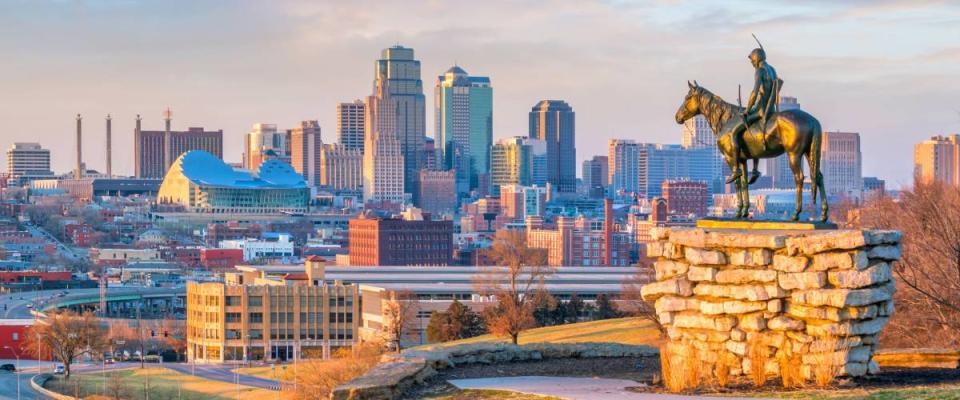
Millennials can afford to buy 31% of homes listed for sale in Kansas City metro area, covering parts of Missouri and Kansas.
The median sale price for a home in K.C. is $277,000.
Millennials in the area that gives us Hallmark greeting cards and Kansas City barbecue earn a median of $58,100 a year.
The local unemployment rate is 3.3%, and jobs have been growing at a rate of 1.4% per year. The average employment growth rate across the 100 largest U.S. metro areas is 2%.
27. Chicago

Millennials can afford to buy 33% of homes listed for sale in the huge Chicago metro area, which encompasses parts of Illinois, Indiana and Wisconsin.
The median sale price for a home in the Windy City and its suburbs is $278,300.
Millennials in Chicagoland earn a median income of $62,000 a year.
The local unemployment rate is 3.7%, and jobs have been growing at a rate of 1.2% per year. The average employment growth rate across the 100 largest U.S. metro areas is 2%.
26. Milwaukee

Millennials can afford to buy 33% of homes listed for sale in the Milwaukee metro area, including neighboring Waukesha and West Allis.
The median sale price for a home here is $203,300.
Millennials in Milwaukee earn a median income of $53,900 a year.
The local unemployment rate is 3.8%, and jobs have been growing at a rate of just 0.8% per year. The average employment growth rate across the 100 largest U.S. metro areas is 2%.
25. Indianapolis
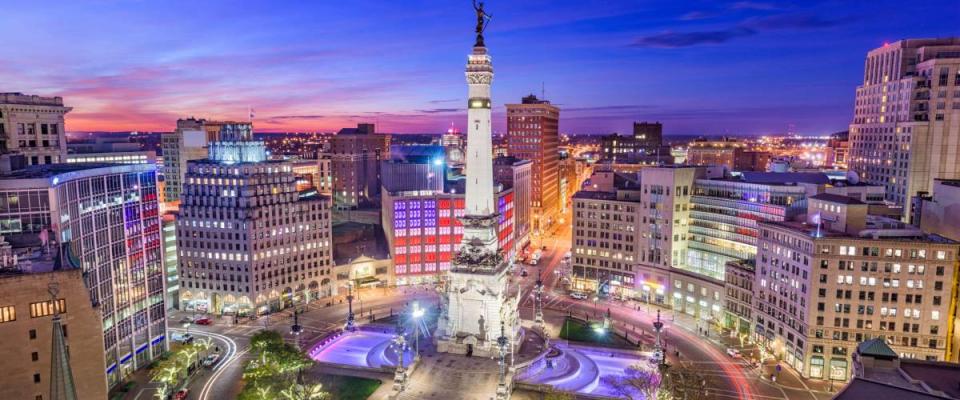
Millennials can afford to buy 33% of homes listed for sale in the Indianapolis metro area, which includes the nearby communities of Carmel and Anderson.
The median sale price for a home here is $203,300.
Millennials in Indy — the Indiana state capital and the center of the auto racing universe every Memorial Day weekend during the Indianapolis 500 — earn a median income of $50,700 a year.
The local unemployment rate is 3%, and jobs have been growing at a rate of 2.3% per year. The average employment growth rate across the 100 largest U.S. metro areas is 2%.
24. Louisville, Kentucky

Millennials can afford to buy 34% of homes listed for sale in the Louisville metro area, including neighboring areas in Indiana across the Ohio River.
The median sale price for a home here is $198,000.
Millennials in Louisville — the city that's in the spotlight every May on Kentucky Derby Day — earn a median income of $50,500 a year.
The local unemployment rate is 3.8%, and jobs have been growing at a rate of just 0.2% per year. The average employment growth rate across the 100 largest U.S. metro areas is 2%.
23. Tulsa, Oklahoma

Millennials can afford to buy 34% of homes listed for sale in the Tulsa metro area in northeastern Oklahoma.
The median sale price for a home here is $178,400.
Millennials in Tulsa — at one time known as the Oil Capital of the World — earn a median income of $45,300 a year.
The local unemployment rate is 3.3%, and jobs have been growing at a rate of 2.1% per year. The average employment growth rate across the 100 largest U.S. metro areas is 2%.
22. Birmingham, Alabama

Millennials can afford to buy 35% of homes listed for sale in the Birmingham metro area, which includes the nearby community of Hoover.
The median sale price for a home here is $233,300.
Millennials in Birmingham — Alabama's largest city — earn a median income of $43,000 a year.
The local unemployment rate is a low 2.6%, and jobs have been growing at a rate of 1.9% per year. The average employment growth rate across the 100 largest U.S. metro areas is 2%.
21. Rochester, New York

Millennials can afford to buy 37% of homes listed for sale in the Rochester metro area, about an hour east of Buffalo in upstate New York.
The median sale price for a home here is $156,700.
Millennials in Rochester earn a median income of $49,100 a year.
The local unemployment rate is 4.3%, and jobs have been growing at a rate of 0.5% per year. The average employment growth rate across the 100 largest U.S. metro areas is 2%.
20. Cincinnati

Millennials can afford to buy 37% of homes listed for sale in the Cincinnati metro area, which covers areas in Ohio, Kentucky and Indiana.
The median sale price for a home here is $194,100.
Millennials in Cincinnati — the home of baseball's Reds, football's Bengals and soap company Procter & Gamble — earn a median income of $55,700 a year.
The local unemployment rate is 3.9%, and jobs have been growing at a rate of 2.3% per year. The average employment growth rate across the 100 largest U.S. metro areas is 2%.
19. Hartford, Connecticut

Millennials can afford to buy 38% of homes listed for sale in the Hartford metro area, including West Hartford and East Hartford.
The median sale price for a home here is $244,500.
Millennials in Hartford — a city's that's both a state capital and an insurance capital — earn a median income of $63,200 a year.
The local unemployment rate is 3.7%, and jobs have been growing at a rate of 1.4% per year. The average employment growth rate across the 100 largest U.S. metro areas is 2%.
18. Philadelphia

Millennials can afford to buy 39% of homes listed for sale in the Philly metro area, which includes Camden, New Jersey; Wilmington, Delaware; and suburbs in Pennsylvania.
The median sale price for a home here is $254,200.
Millennials in greater Philadelphia earn a median income of $60,800 a year.
The local unemployment rate is 4.3%, and jobs have been growing at a rate of 1.9% per year. The average employment growth rate across the 100 largest U.S. metro areas is 2%.
17. Columbus, Ohio

Millennials can afford to buy 39% of homes listed for sale in Columbus in central Ohio.
The median sale price for a home here is $221,000.
Millennials in Columbus — Ohio's state capital and home to Ohio State University — earn a median income of $56,200 a year.
The local unemployment rate is 3.8%, and jobs have been growing at a rate of 1.7% per year. The average employment growth rate across the 100 largest U.S. metro areas is 2%.
16. Baton Rouge, Louisiana

Millennials can afford to buy 40% of homes listed for sale in Baton Rouge and the surrounding metro area along the Mississippi River northwest of New Orleans.
The median sale price for a home here is $221,000.
Millennials in Baton Rouge — Louisiana's capital city — earn a median income of $52,900 a year.
The local unemployment rate is 4.6%, and jobs have been growing at a rate of 1.1% per year. The average employment growth rate across the 100 largest U.S. metro areas is 2%.
15. Memphis, Tennessee
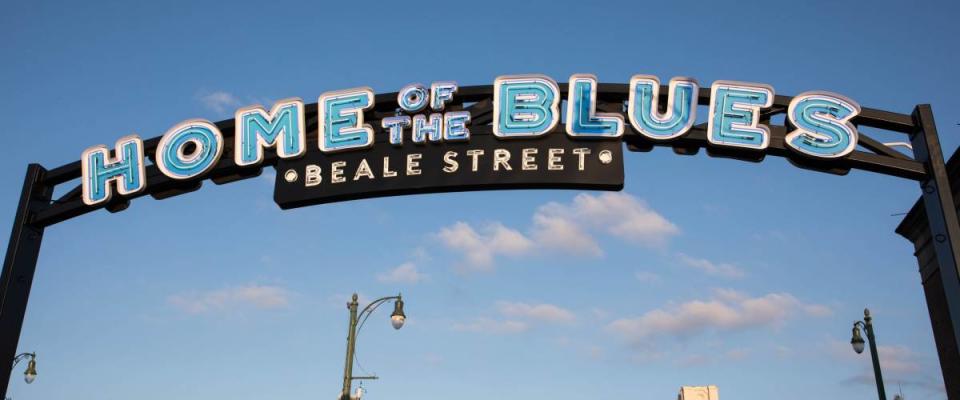
Millennials can afford to buy 40% of homes listed for sale in the Memphis metro area, which covers parts of three states: Tennessee, Mississippi and Arkansas.
The median sale price for a home here is $194,000.
Millennials in Memphis — home to bluesy Beale Street and Elvis Presley's Graceland mansion — earn a median income of $41,800 a year.
The local unemployment rate is 4.2%, and jobs have been growing at a rate of 1.5% per year. The average employment growth rate across the 100 largest U.S. metro areas is 2%.
14. Baltimore
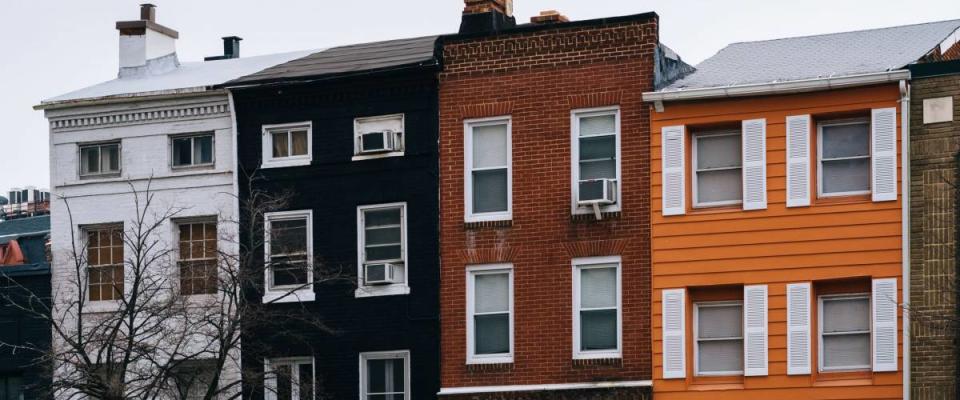
Millennials can afford to buy 41% of homes listed for sale in the Baltimore metro area, which stretches to the communities of Columbia and Towson.
The median sale price for a home here is $308,400.
Millennials in Baltimore earn a median income of $70,800 a year, Hon. (As they're known to end sentences here.)
The local unemployment rate is 4%, and jobs have been growing at a rate of 1.3% per year. The average employment growth rate across the 100 largest U.S. metro areas is 2%.
13. Detroit

Millennials can afford to buy 42% of homes listed for sale in metro Detroit, including suburban Warren and Dearborn.
Homes are cheap in Detroit: The average price is just $55,000, according to Redfin.
Millennials in Detroit — the "Motor City" that's famously located south of a portion of Canada — earn a median income of $51,700 a year.
The local unemployment rate is 4.5%, and jobs have been growing at a rate of 0.7% per year. The average employment growth rate across the 100 largest U.S. metro areas is 2%.
12. Buffalo, New York

Millennials can afford to buy 42% of homes listed for sale in the Buffalo metro area, which includes nearby Niagara Falls and the suburb of Cheektowaga.
The median sale price for a home here is $157,500.
Millennials in Buffalo — known for hot wings and cold, snowy winters — earn a median income of $49,800 a year.
The local unemployment rate is 4.4%, and jobs have been growing at a rate of 1.3% per year. The average employment growth rate across the 100 largest U.S. metro areas is 2%.
11. Allentown, Pennsylvania

Millennials can afford to buy 45% of homes listed for sale in Allentown and the surrounding metro area, including Bethlehem and Easton in Pennsylvania, plus suburbs in New Jersey.
The median sale price for a home here is $207,900.
Millennials in Allentown — an industrial city that Billy Joel once sang about — earn a median income of $60,200 a year.
The local unemployment rate is 4.5%, and jobs have been growing at a rate of 1.8% per year. The average employment growth rate across the 100 largest U.S. metro areas is 2%.
10. Harrisburg, Pennsylvania

Millennials can afford to buy 45% of homes listed for sale in Harrisburg and the surrounding metro area, including the community of Carlisle.
The median sale price for a home here is $185,400.
Millennials in Harrisburg — Pennsylvania's capital city — earn a median income of $57,100 a year.
The local unemployment rate is 3.9%, and jobs have been growing at a rate of 2.2% per year. The average employment growth rate across the 100 largest U.S. metro areas is 2%.
9. Little Rock, Arkansas

Millennials can afford to buy 47% of homes listed for sale in the Little Rock metro area, which encompasses neighboring North Little Rock and Conway.
The median sale price for a home here is $153,800.
Millennials in Little Rock — the capital of Arkansas — earn a median income of $45,700 a year.
The local unemployment rate is 3.1%, and jobs have been growing at a rate of 2% per year. The average employment growth rate across the 100 largest U.S. metro areas is 2%.
8. Scranton, Pennsylvania
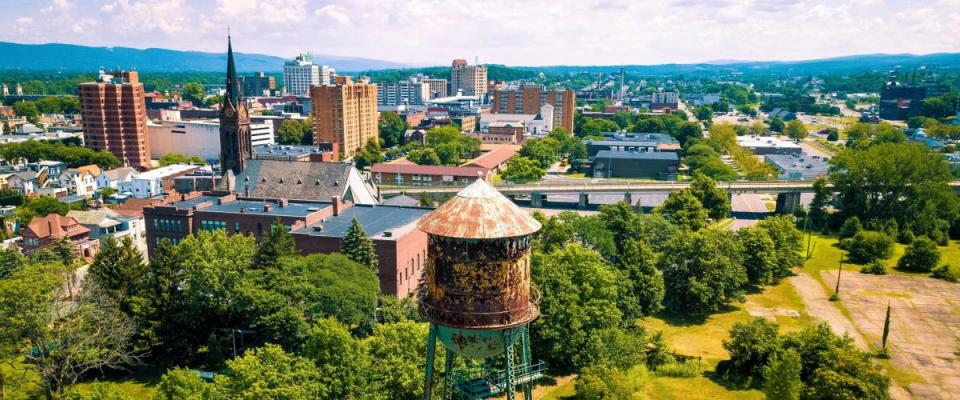
Millennials can afford to buy 48% of homes listed for sale in the Scranton metro area in northeastern Pennsylvania, including the nearby communities of Wilkes-Barre and Hazleton.
The median list price for a home here is $99,900, according to Zillow. The median sale price for homes is not available.
Millennials in Scranton — the city made famous by The Office (even though the show was shot in California) — earn a median income of $42,700 a year.
The local unemployment rate is a relatively high 5.5%, and jobs have been growing at a rate of 0.7% per year. The average employment growth rate across the 100 largest U.S. metro areas is 2%.
7. Syracuse, New York

Millennials can afford to buy 48% of homes listed for sale in the Syracuse metro area in central New York's Finger Lakes region.
The median selling price of a home here is $147,800.
Millennials in Syracuse — a city notorious for its snowy winters — earn a median income of $51,300 a year.
The local unemployment rate is 4.2%, and jobs have been growing at a rate of 1.1% per year. The average employment growth rate across the 100 largest U.S. metro areas is 2%.
6. Toledo, Ohio

Millennials can afford to buy 48% of homes listed for sale in the Toledo metro area, on the far western corner of Lake Erie.
Homes are very inexpensive here: The median selling price is a mere $134,400.
Millennials in Toledo earn a median income of $38,000 a year.
The local unemployment rate is 4.4%, and jobs have been growing at a rate of 1% per year. The average employment growth rate across the 100 largest U.S. metro areas is 2%.
5. Cleveland

Millennials can afford to buy 49% of homes listed for sale in Cleveland and its suburbs near Lake Erie, including Elyria.
The median selling price of a home here is $169,000.
Millennials in Cleveland — home to football's Browns, baseball's Indians, basketball's Cavaliers and the Rock and Roll Hall of Fame — earn a median income of $47,800 a year.
The local unemployment rate is 4.1%, and jobs have been growing at a rate of 2.5% per year. The average employment growth rate across the 100 largest U.S. metro areas is 2%.
4. St. Louis

Millennials can afford to buy 49% of homes listed for sale in St. Louis and the surrounding metro area in Missouri and across the Mississippi River in Illinois.
The median selling price of a home here is $194,800.
Millennials in St. Louis — the city known for the Gateway Arch, the baseball cardinals and Budweiser beer — earn a median income of $55,900 a year.
The local unemployment rate is 3.3%, and jobs have been growing at a rate of 1.5% per year. The average employment growth rate across the 100 largest U.S. metro areas is 2%.
3. Pittsburgh

Millennials can afford to buy 55% of homes listed for sale in Pittsburgh and the surrounding metro area in western Pennsylvania.
The median selling price of a home here is $157,500, according to Zillow.
Millennials in Pittsburgh — the former Steel City which is now a tech hub — earn a median income of $57,700 a year.
The local unemployment rate is 4.4%, and jobs have been growing at a rate of 0.8% per year. The average employment growth rate across the 100 largest U.S. metro areas is 2%.
2. Akron, Ohio

Millennials can afford to buy 55% of homes listed for sale in the Akron metro area, which is about 40 miles south of Cleveland in northeastern Ohio.
The median selling price of a home here is just $158,600.
Millennials in Akron — the city that gave us NBA superstar LeBron James and Rock and Roll Hall of Famer Chrissie Hynde of the Pretenders — earn a median income of $47,400 a year.
The local unemployment rate is 4.4%, and jobs have been growing at a rate of 1.7% per year. The average employment growth rate across the 100 largest U.S. metro areas is 2%.
1. Dayton, Ohio
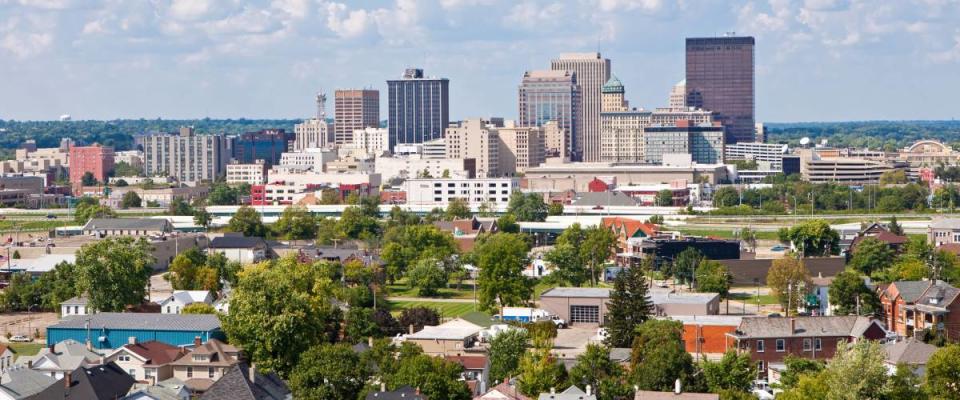
This city in west-central Ohio is America's best housing market for millennial homebuyers, the National Association of Realtors says. They can afford to buy a full 56% of homes listed for sale in Dayton and the surrounding metro area.
The median selling price for a home here is just $163,900.
Millennials in and around Dayton earn a median income of $45,200 a year.
The local unemployment rate is 4.3%, but jobs have been shrinking here — declining at a rate of 0.2% per year. The average employment growth rate across the 100 largest U.S. metro areas is 2%.
Join the MoneyWise mailing list. You’ll get the latest financial tips and news, straight to your inbox.

 Yahoo Finance
Yahoo Finance 